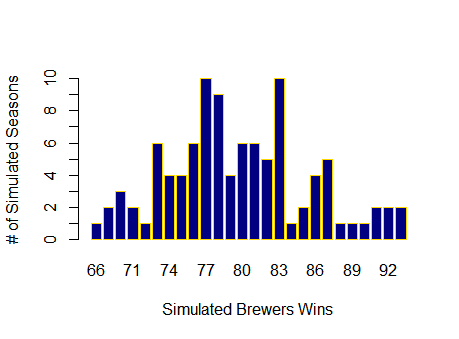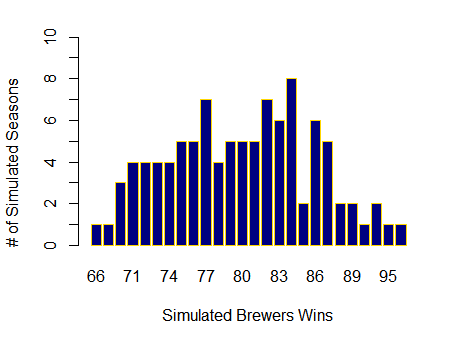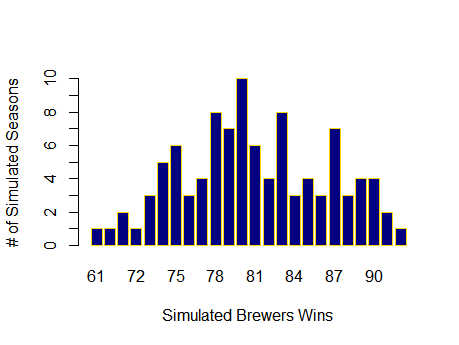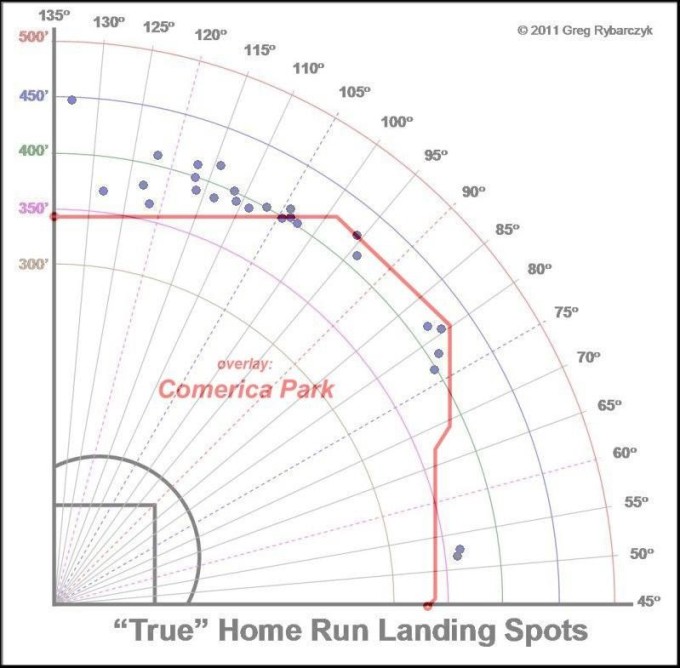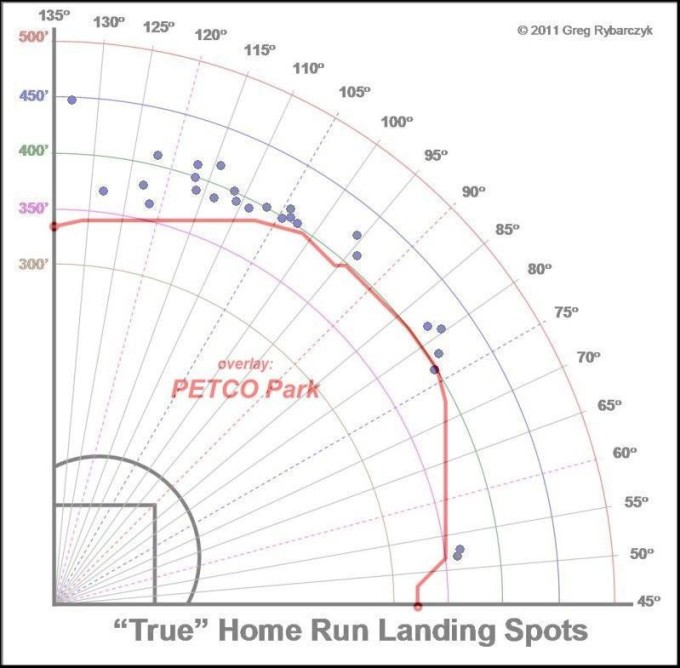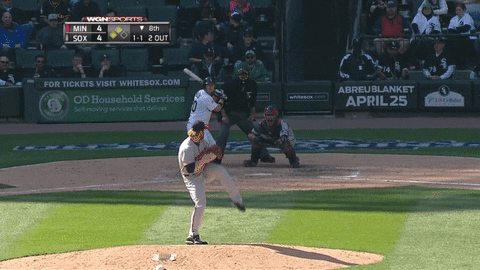While Others Rebuild, the Dodgers Reload
The Los Angeles Dodgers have five prospects in MLB’s Top 100, good for a sixth-place tie in the majors. These prospects include two in the top five (SS Corey Seager and LHP Julio Urias) as well as three RHPs in the top 60 (Jose DeLeon, Frankie Montas, and Grant Holmes). Two other Dodger prospects are among the top 10 at their respective positions (C Austin Barnes and 2B Micah Johnson). All this from a team that’s had just one losing season in the last 10, and currently has an eye-watering payroll of around $230 million, roughly the same as the Yankees. At that price you could field almost four whole Brewers teams.
All the Dodgers’ big dollar contracts (which I”m loosely defining here as $7 million AAV or more) except Clayton Kershaw’s will come off the books after the 2018 season, leaving the Dodgers with … a younger, cheaper roster that still wins a lot of games. Or maybe not — after all, prospects are gambles, and many crap out. But the Dodgers have put themselves in a position to at least have a reasonable expectation of success in the near future with a roster quite different from today’s, without taking up extended residence in the damp, roach-infested divisional cellar.
The five teams with more top-100s than the Dodgers have lost a lot more games while accumulating those prospects. Colorado, Atlanta, Cincinnati, Minnesota and Philadelphia have had a combined 25 losing seasons since 2006. Each has six top-100s except the Rockies, who have eight. (And this doesn’t include MLB’s current tank commanders, the Astros and Cubs, who have four and five top-100s, respectively, and have assembled playoff caliber rosters while each having seven losing seasons in the last 10.)
Most of the teams on the above list will be good again in four or five years. The Twins are already on the upswing, and the Phillies’ brilliant Cole Hamels trade may help to shorten their rebuilding project. But all of these teams have been varying degrees of bad for some time, while Dodger fans have not had to endure anywhere near that kind of punishment. How did the Dodgers do it?
In one sense, they simply used ordinary items found around the typical baseball household: They made their first-round picks count (Seager, 18th overall, and Holmes (22nd)). They effectively scouted internationally (they signed Urias out of the Mexican League when he was just 16, for a relative pittance). They effectively scouted other teams (Montas and Johnson came from the White Sox thin, and now thinner, farm system). They at least arguably scouted their own roster effectively (coughing up Jose Peraza to get Montas and Johnson — a fascinating trade in which the future of all three players is the subject of considerable debate; the Dodgers also surrendered Scott Schebler, a player less subject to debate, or indeed to discussion of any kind). And the Dodgers developed their own talent well: Seager, DeLeon, and Barnes (a 9th rounder acquired from the Marlins for Dee Gordon) would all go higher in a hindsight draft, as perhaps would Holmes. The players deserve most of the credit for their own development, but the team deserves at least some.
Nothing about baseball is inevitable, least of all the prior or continuing development of the Dodgers top prospects. Three years ago no Dodgers official would have been able to name these players and say “we know we’re building around these guys.” Three of the key players weren’t even with the organization at the time.
But the Dodgers may have established an organization that enables them to, perhaps even makes it likely that they will, produce a handful of front-line, cost-controlled players every four or five years, whether the major-league team rains or shines. That hypothetical Dodger official of three years ago could have said “we’re pretty sure we’ll be building around maybe four or five guys from our organization, we just don’t know exactly which handful yet. Once we know that, we’ll fill in the details.” That exciting moment is now fast approaching. The Dodgers of 2019 will likely be a hell of a lot of fun to watch, and the three years in between may not be too bad either, if the rickety overpaid veterans don’t break down too quickly.
And my guess is the Dodgers’ secret sauce isn’t brilliant scouting or next generation analytics or superb coaching or excellent training regimens. Well, it may be all of those things, but the only thing that can get all of those things is money.
Money doesn’t help a farm system, at least not like it used to. With the restrictions on draft and international spending, it’s not like the Dodgers can bully the other 29 teams on an amateur level.
Thus Grant Brisbee in 2014, discussing Andrew Friedman’s arrival in LA. The article is still interesting and worth clicking through, but I disagree to some extent with Brisbee’s assertion quoted above. It’s true that restrictions on player salaries and international signings are limiting the ability to buy players. But there is no restriction on the amount that can be spent on locating, evaluating, and developing players. At least some of the rivers of cash that are no longer flowing into players pockets are flowing to these activities instead.
It’s possible that in their obsession to rein in Scott Boras, Jerry Reinsdorf and his allies created a far more dangerous enemy: zombie armies of number-crunchers, scouts, coaches, and trainers, all laboring, knowingly or not, to produce those next five top-100 prospects. Boras used to facilitate inefficient spending by large-market teams, enhancing smaller-market teams’ ability to compete in the non-payroll space. Those days are waning, Chris Davis notwithstanding.
Maybe the Dodgers have just gotten lucky. Four of their top five prospects are pitchers; the Dodgers are just a couple of snapped UCLs or torn labrums away from disaster. (The recent signings of Scott Kazmir and Kenta Maeda are in part insurance against fire, theft, or loss of the four young arms mentioned above.) Joc Pederson may devolve into a second-division starter. Yasiel Puig may become a reality TV star. Bad things happen even to the best run organizations.
So these Dodgers may signify nothing. But the Dodgers’ owners disagree; that’s why they hired Andrew Friedman. The Dodgers aren’t going to have a $200-million payroll after 2018, maybe never again, and they wanted somebody who understood how to run a team that, like an iceberg, has the vast majority of its substance lying below the surface. Friedman wrested production from the infertile Tampa soil of with the obsessive frugality of a medieval Russian peasant. He’ll apply those same skills in LA, but mostly in ways that won’t be immediately visible on the field, using money that won’t be visible on the payroll.
This is Borg baseball. It could be baseball’s future. And for lower-revenue teams, resistance may well be futile.

